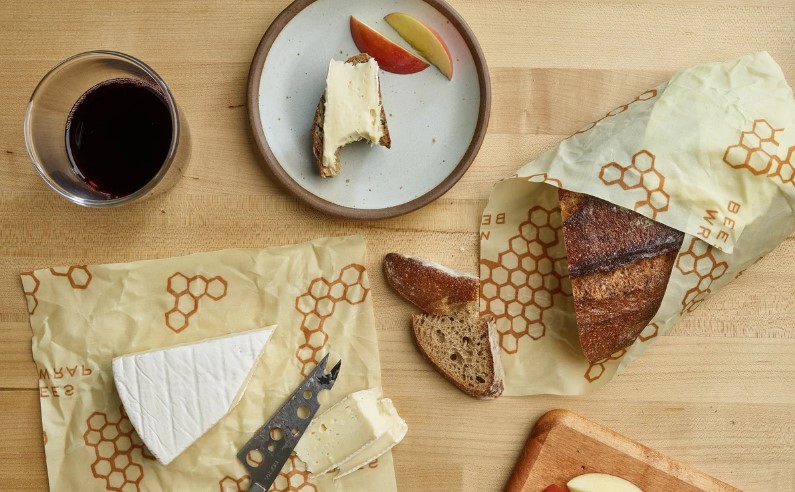10:29 AM Why Reusable Wraps Are the Sustainable Swap Your Kitchen Needs | |

In a world increasingly aware of plastic waste and climate change, many of us are taking steps toward greener living. From switching to metal straws to carrying reusable shopping bags, every little effort counts. But one area many overlook is food storage. Cling film, aluminum foil, and plastic sandwich bags are convenient—but their environmental cost is high. That’s where reusable wraps come in. These simple, sustainable products are revolutionizing how we store food. Whether you’re packing lunch, covering leftovers, or storing half an avocado, reusable wraps offer a smarter and more eco-conscious solution. Let’s dive into why they deserve a spot in every kitchen. The Problem with Single-Use Food WrapsBefore we celebrate the benefits of reusable wraps, it’s important to understand the issue they solve. Conventional plastic wraps are typically made from polyvinyl chloride (PVC), which isn’t biodegradable and rarely recyclable. That means every piece of plastic wrap you’ve ever used is likely still sitting in a landfill—or worse, floating in the ocean. Aluminum foil, while recyclable, often ends up in the trash after a single use due to contamination from food. And disposable sandwich bags? They're made of low-density polyethylene (LDPE), which also takes hundreds of years to break down. The result? Billions of square feet of waste generated every year. All for the convenience of wrapping a sandwich. What Are Reusable Wraps?Reusable wraps are made from sustainable materials—usually cotton infused with beeswax, jojoba oil, and tree resin. This combo creates a flexible, slightly sticky wrap that holds its shape and seals with the warmth of your hands. Some vegan versions use plant-based waxes instead of beeswax, making them a great option for all lifestyles. They come in various sizes and patterns, adding a touch of personality to your kitchen while reducing your waste. Plus, they’re washable, long-lasting (up to a year or more with care), and compostable when their life is up. Everyday Uses of Reusable WrapsOne of the biggest advantages of reusable wraps is their versatility. Here are just a few ways I use them in my own kitchen:
They’re especially useful for school lunches, picnics, or meal prepping. And they’re so lightweight, they fit effortlessly into a busy lifestyle. The Environmental ImpactUsing reusable wraps is a small but meaningful step toward reducing your household waste. Consider this: the average family uses 24 rolls of plastic wrap a year. Switching to a single set of wraps can eliminate all of that. Moreover, many brands use certified organic cotton and responsibly sourced waxes, ensuring that the production process is just as eco-friendly as the final product. And when your wrap finally wears out? You can compost it, returning it to the earth without guilt. How to Care for Your Reusable WrapsTaking care of reusable wraps is easy, but it’s key to getting the most out of them:
With proper care, a single wrap can last for up to 12 months—or longer. Are Reusable Wraps Worth the Investment?Absolutely. While a set of wraps might cost more upfront than a roll of plastic wrap, they pay off quickly. You’ll buy less disposable material, make fewer trips to the store, and feel better about your impact on the planet. Plus, many users find that reusable wraps actually keep food fresher for longer. The breathable nature of beeswax wraps allows moisture to escape, helping prevent the sogginess that plastic wrap often causes. Choosing the Right Wrap for YouWhen shopping for reusable wraps, look for brands that:
You might even consider supporting small businesses or artisans who handmake their products, adding that extra layer of conscious consumerism. Final Thoughts: Small Changes, Big ImpactSwitching to reusable wraps might seem like a minor change, but its cumulative impact is powerful. It’s one of those lifestyle shifts that feels good because it is good—for your wallet, your food, and most importantly, the planet. Like many sustainable habits, it starts with a single choice. You don’t need to overhaul your kitchen overnight. Just replace that next sheet of cling film with a reusable wrap and see how easy it is to make the swap. | |
|
| |
| Total comments: 0 | |